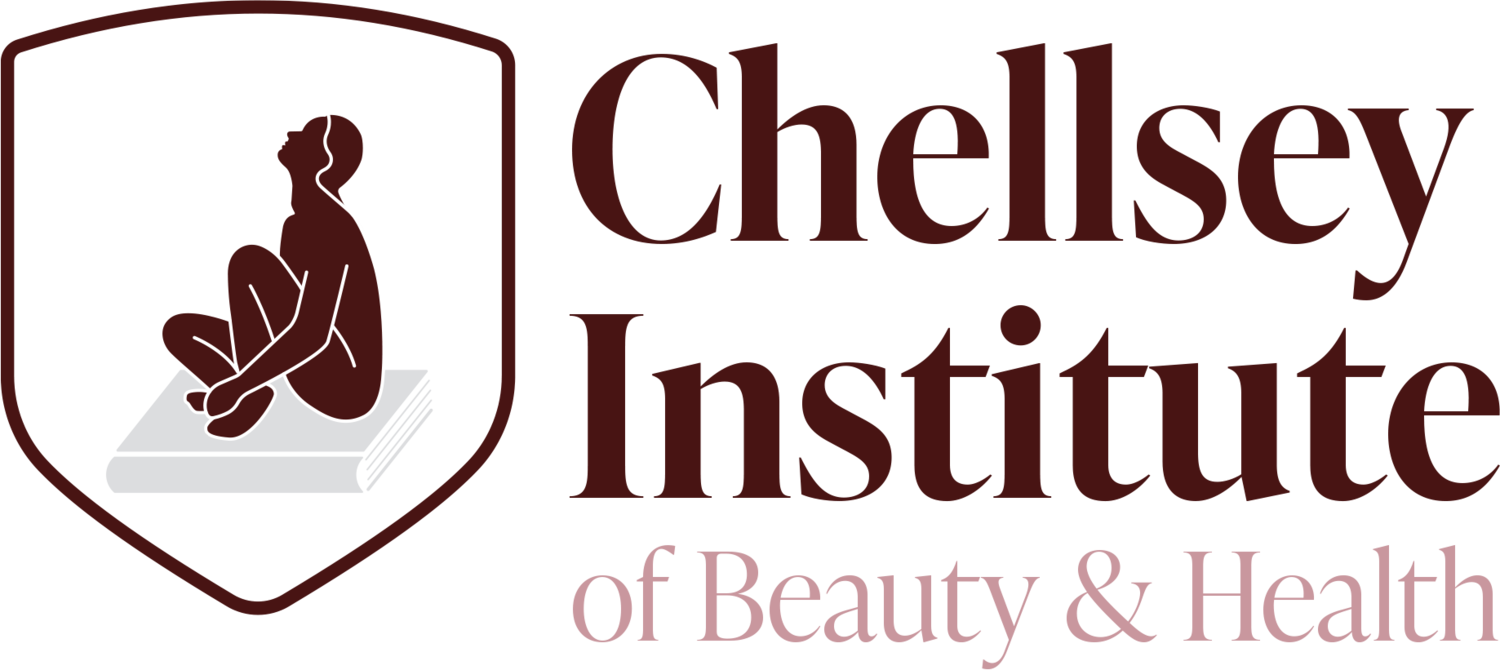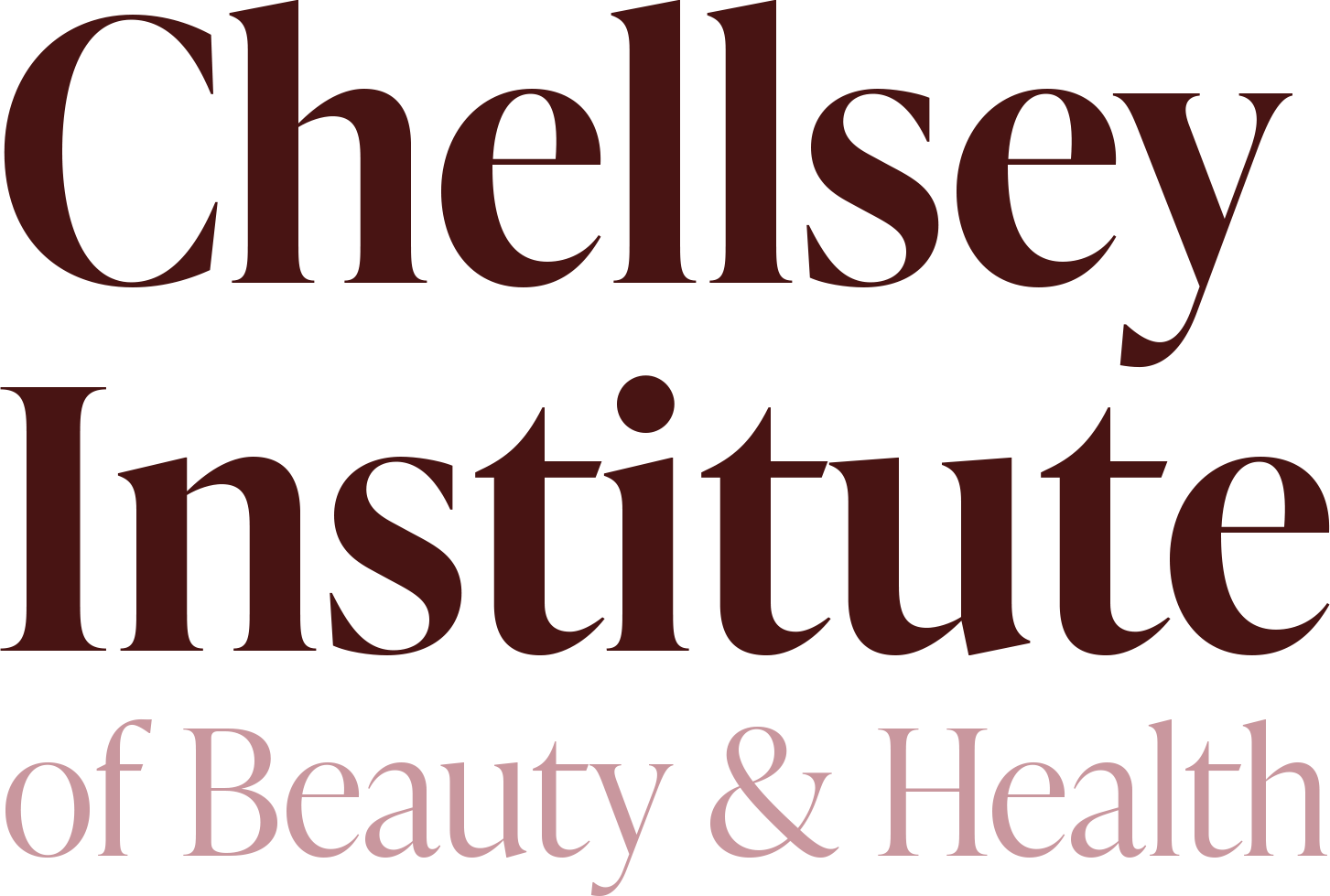How to Master Client Consultations for Perfect Hairstyles Every Time
Tips for Future Hairstylists at Chellsey Institute of Beauty & Health
Behind every flawless hairstyle is a successful client consultation. It’s where trust begins—and where misunderstandings can be avoided. At Chellsey Institute, we train hairstyling students not just to cut, colour, and style—but to communicate effectively and build long-term client relationships.
Here’s how to master consultations and deliver perfect results every time:
1. Listen First, Speak Later
Let the client express what they want—then dig deeper. Ask open-ended questions like:
“What don’t you like about your current style?” or
“How much time do you usually spend on your hair?”
Understanding their lifestyle, maintenance preferences, and hair goals is key.
2. Analyze Hair & Scalp Health
Examine hair texture, density, growth patterns, and scalp condition. This helps you determine whether their desired look is realistic—and if adjustments are needed for the best outcome.
3. Set Clear Expectations
Be honest and educational. If a client wants a transformation that requires multiple sessions or might compromise hair health, explain the process clearly. Showing examples or using visuals can help align visions.
4. Personalize Recommendations
Use your expertise to suggest what complements their face shape, skin tone, and lifestyle. Clients appreciate when you care not just about trends—but about what truly suits them.
5. Document and Follow Up
Take notes and photos during consultations. This helps with consistency on future visits and shows your professionalism. Following up after big changes also builds trust and loyalty.
Great hairstyling isn’t just about technique—it’s about connection. Mastering consultations turns one-time appointments into long-term clients who trust you with every transformation.
🎓 Want to become a hairstylist who stands out? Explore the Hairstyling Diploma Program at Chellsey Institute and start building your future behind the chair.

